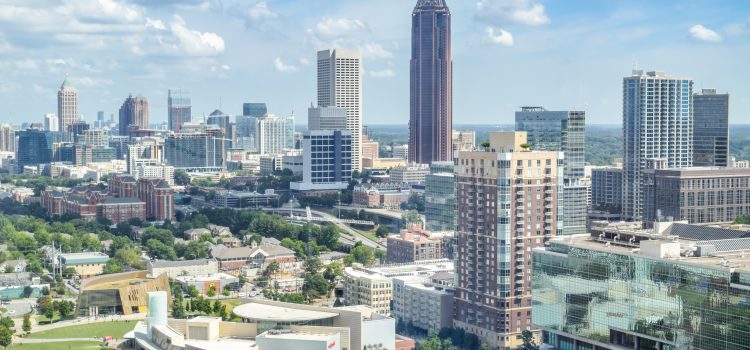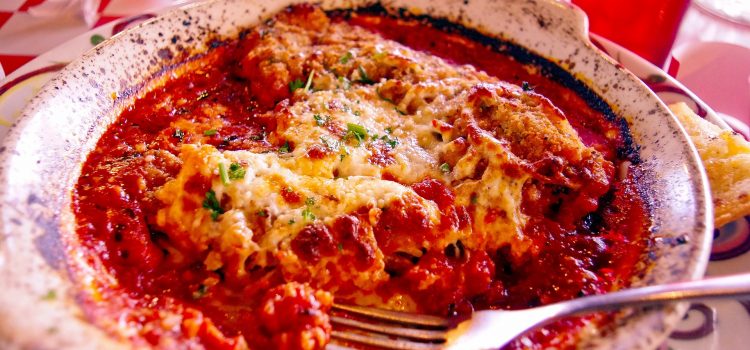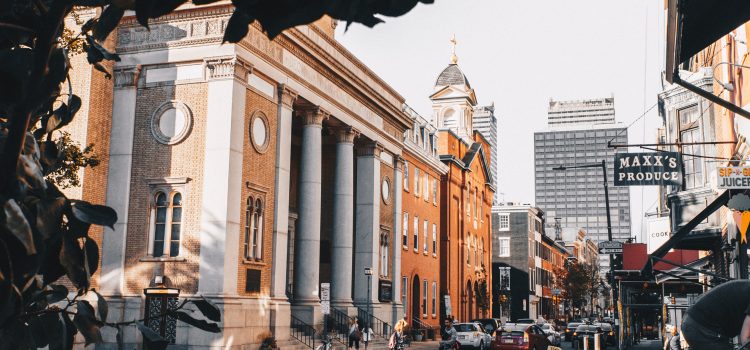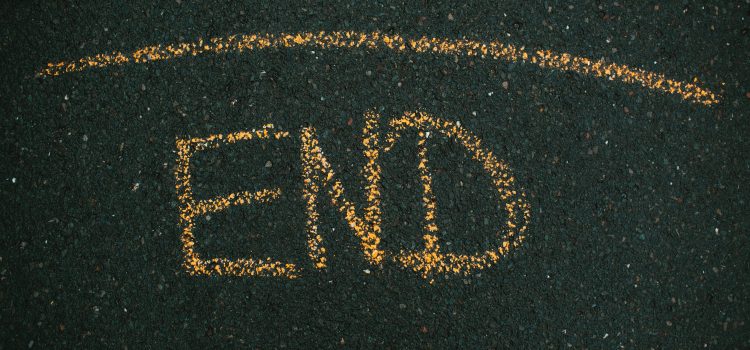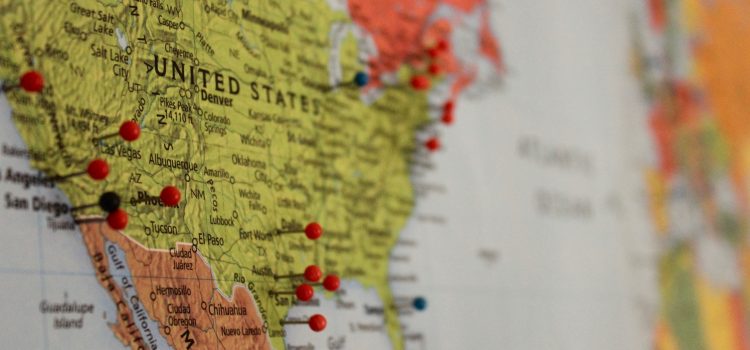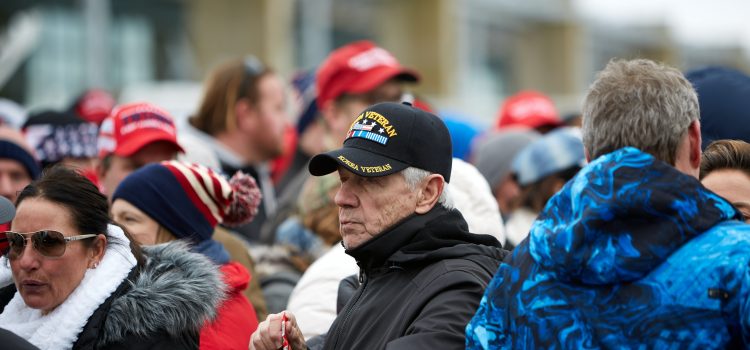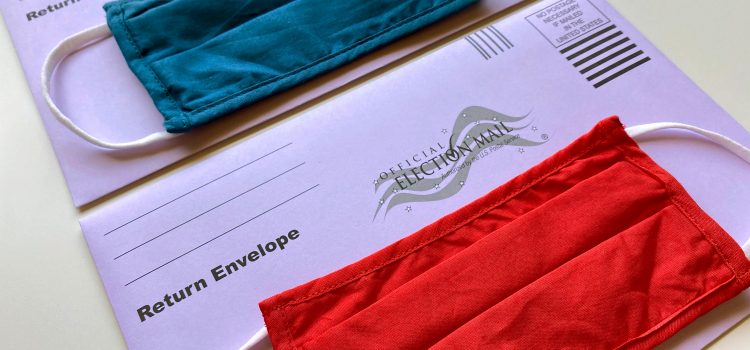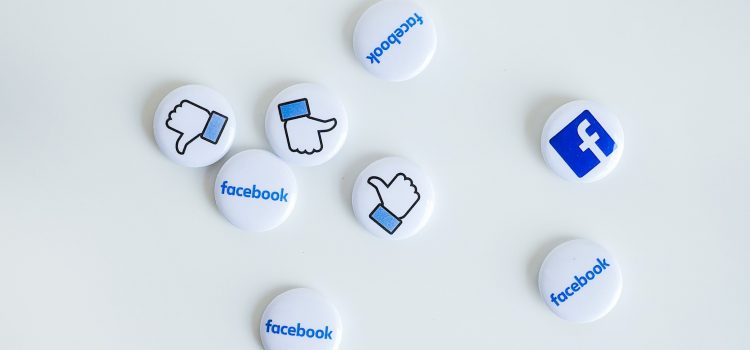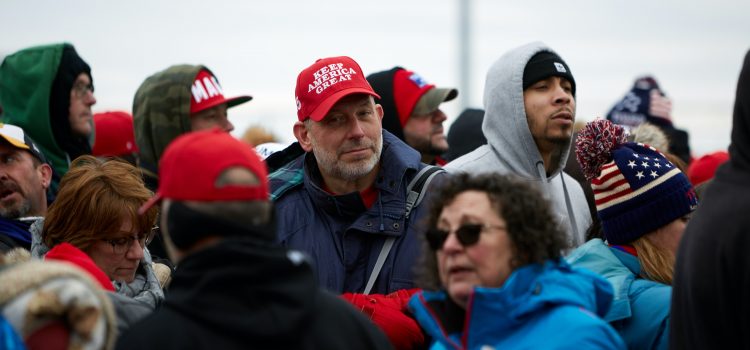As Election Day ballots are being cast, both candidates are hoping their ad spending efforts in Georgia have paid off. In this post, we take a look at how the candidates are using different types of Facebook ads to appeal to Georgia voters.
All Eyes on Georgia: How Candidates are Spending in the Peach State
